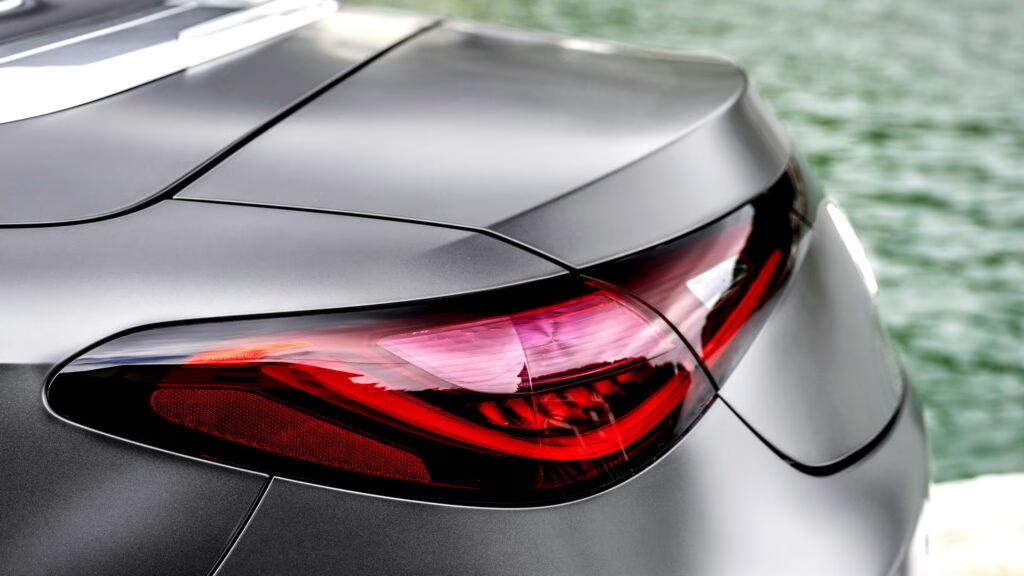How Are Chinese Automakers Shaking Up the European Car Market?
If you’ve been following the European car scene, you might have noticed a seismic shift: Chinese automakers are no longer just knocking on the door—they’re barging right in. In the first half of 2025, sales of Chinese-brand vehicles in Europe soared by a jaw-dropping 91%, reaching 347,100 units. That’s not just a blip. These brands now command 5.1% of the European market, nipping at the heels of Mercedes (5.2%) and leaving Ford (3.8%) in the dust. For context, Chinese brands actually outsold Mercedes in June alone—a milestone that would have seemed unthinkable just a couple of years ago.
What’s fueling this surge? It’s a combination of aggressive pricing, rapid technological improvements, and a keen understanding of what European buyers want. Brands like BYD, Jaecoo, and Omoda aren’t just offering budget options—they’re delivering vehicles that rival or even surpass established Western models in tech and value. The result? Pure magic for consumers looking for more bang for their buck.
Why Is BYD Leading the Pack Among Chinese Brands?
BYD has emerged as the poster child for Chinese automotive success in Europe. Their electric vehicle (EV) sales skyrocketed by 133% in June and 143% for the first half of the year, totaling 41,300 units. That performance catapulted BYD to 12th place among the most-registered EV brands, edging out Cupra and Ford. What’s even more impressive is BYD’s ability to compete not just in the EV segment but also in plug-in hybrids. The BYD Seal U, for example, tied with the Volkswagen Tiguan as Europe’s best-selling plug-in hybrid in June—a clear sign that BYD’s technology is resonating with European drivers.
It’s not just about numbers, either. BYD’s rapid ascent is a testament to its relentless focus on innovation and adaptability. The company has been quick to localize its offerings, tailoring models to meet European tastes and regulatory requirements. That’s a playbook Western brands perfected decades ago, and BYD is now running it with remarkable efficiency.
Are Western Brands Losing Their Grip?
While Chinese brands are celebrating, the story isn’t as rosy for everyone. Tesla, once the darling of Europe’s EV market, saw its sales tumble by 33% in the first half of 2025. Stellantis, the conglomerate behind brands like Peugeot and Fiat, also posted a 9% drop. Even the Tesla Model Y, which previously topped the charts, fell out of the top 10 best-selling cars in Europe as its sales slumped by a third.
But it’s not all doom and gloom for Western automakers. The Volkswagen Group, Renault, BMW, and Ford all posted modest gains, with increases ranging from 3% to 6%. Dacia’s Sandero held onto its crown as Europe’s best-selling car (128,800 units), though it faced stiff competition from the Renault Clio, which saw a 7% sales bump.
What’s Driving the Boom in EV and Plug-In Hybrid Sales?
Europeans are buying more electric vehicles than ever before. In the first half of 2025, EV registrations jumped by 25% to 1.2 million units, marking the first time the continent has seen over a million EVs registered in just six months. This surge isn’t just about environmental consciousness—consumers are responding to better range, faster charging, and increasingly competitive pricing.
Plug-in hybrids are also having a moment. Models from BYD, Jaecoo, and Omoda are flying off the lots, with the BYD Seal U matching the perennial favorite VW Tiguan in June. This trend suggests that European buyers aren’t just looking for full electrification; they want flexibility and reassurance as charging infrastructure continues to expand.
Which Brands and Models Are Winning the EV Race?
Let’s talk specifics. In June, Tesla still led monthly EV sales (34,722 units), but Volkswagen wasn’t far behind (22,842), and BMW, Skoda, and Audi all posted double-digit growth. For the first half of the year, Volkswagen topped the EV brand leaderboard (135,427 units, up 78%), followed by Tesla (109,262, down 33%), and BMW (94,658, up 15%).
On the model front, the Tesla Model Y remained the best-selling EV for the half-year (68,801 units), but its dominance is waning. The VW ID.4, Skoda Elroq, and Renault 5 are all gaining ground, with the ID.4 up 38% and the ID.7 posting a staggering 573% increase. Newcomers like the Kia EV3 and Skoda Elroq are also making waves, signaling that the EV market is far from settled.
How Are European Consumers Responding to Chinese Cars?
There’s a clear appetite for what Chinese brands are offering. The combination of advanced features, competitive pricing, and fresh design language is striking a chord, especially among younger buyers and those looking to make the switch to electrified vehicles without breaking the bank.
However, there’s still some skepticism. Concerns about long-term reliability, resale value, and service networks linger. But as Chinese brands continue to invest in local infrastructure and after-sales support, these barriers are starting to crumble. In fact, a recent survey by the European Automobile Manufacturers Association found that nearly 30% of respondents would consider a Chinese car for their next purchase—a figure that’s likely to rise as these brands become more familiar.
What Does This Mean for the Future of Europe’s Car Market?
The rapid ascent of Chinese automakers is reshaping the competitive landscape in ways few could have predicted. Established Western brands are being forced to innovate faster, cut costs, and rethink their strategies. Meanwhile, consumers are reaping the benefits of greater choice and better value.
Regulators are also taking notice. The European Union is weighing new tariffs and stricter safety standards to ensure a level playing field, but the momentum behind Chinese brands is undeniable. If current trends hold, it’s entirely possible that a Chinese brand could crack the top five in European market share by the end of the decade.
The big takeaway? The European car market isn’t about perfection—it’s about smarter adjustments. Start with one change this week, whether it’s exploring a new brand or test-driving an EV, and you’ll likely spot the difference by month’s end.

